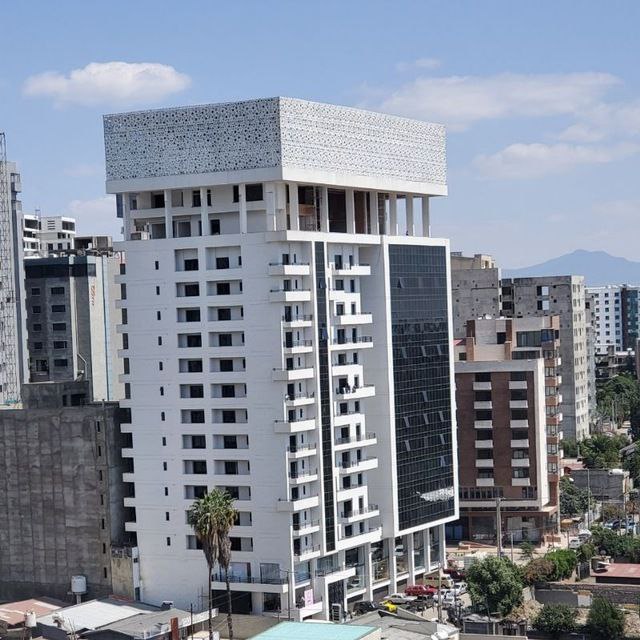Building Management
Building management involves overseeing the day-to-day operations and maintenance of a property to ensure it operates smoothly and efficiently.
Key aspects of building management include:
-
Maintenance: Regular upkeep of the building's systems and facilities, including HVAC systems, plumbing, electrical systems, elevators, and common areas. This involves scheduling routine inspections, repairs, and preventive maintenance to address any issues promptly and minimize downtime.
-
Security: Implementing security measures to protect the property and its occupants from unauthorized access, theft, vandalism, and other security threats. This may involve installing surveillance cameras, access control systems, security guards, and alarm systems.
-
Tenant Relations: Building managers are often the primary point of contact for tenants and are responsible for addressing their concerns, resolving disputes, and ensuring their needs are met. This includes handling lease agreements, rent collection, and facilitating communication between tenants and property owners.
-
Financial Management: Managing the property's budget, expenses, and financial records, including collecting rent, paying bills, and preparing financial reports for property owners or stakeholders. Building managers may also be involved in budget planning, forecasting, and implementing cost-saving measures.
-
Compliance: Ensuring the property complies with local building codes, zoning regulations, health and safety standards, and other legal requirements. Building managers must stay informed about relevant laws and regulations and ensure the property meets all necessary permits and inspections.
-
Emergency Preparedness: Developing and implementing emergency response plans to address potential hazards such as fires, natural disasters, or security breaches. This may involve conducting drills, training staff, and coordinating with emergency services to ensure a swift and effective response to emergencies.

